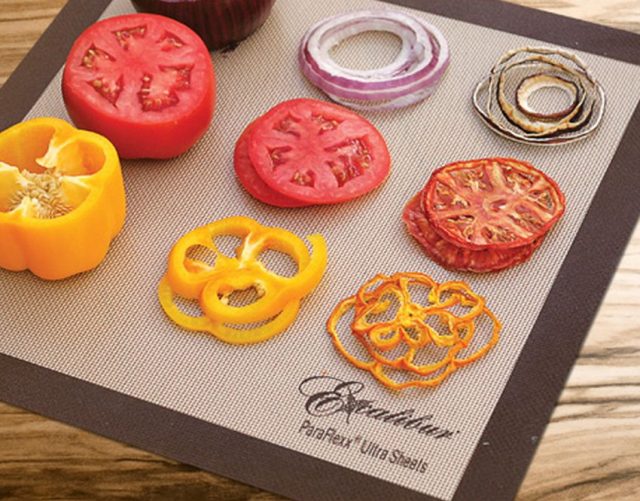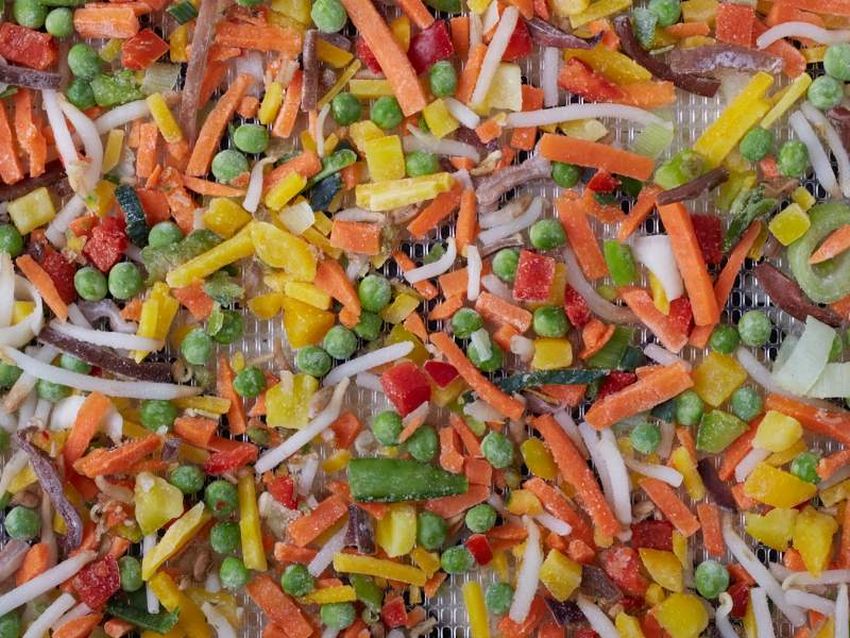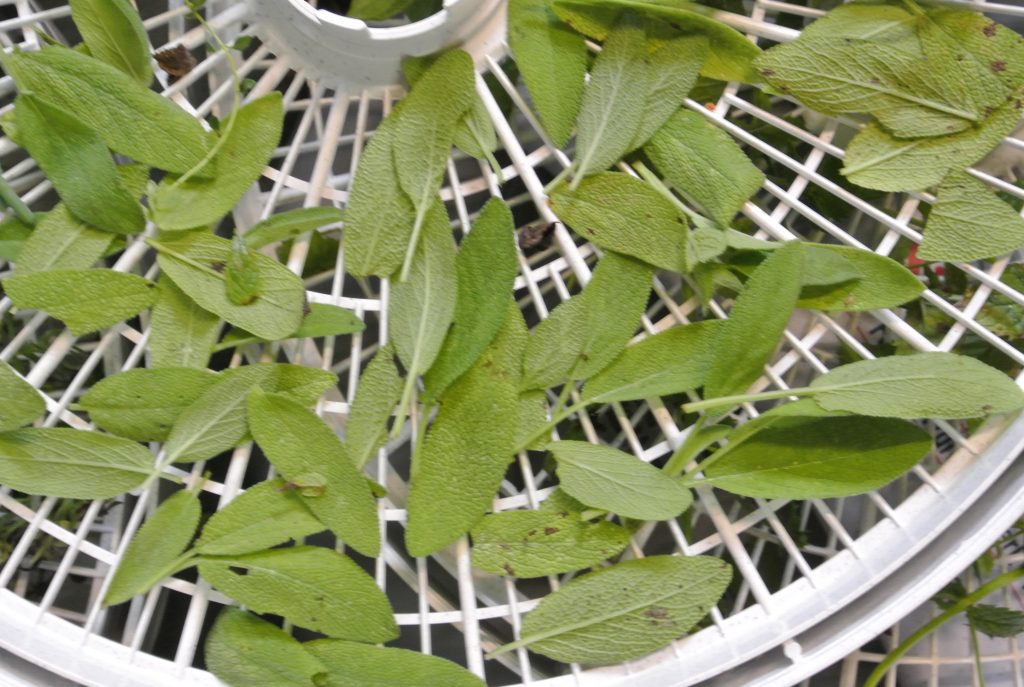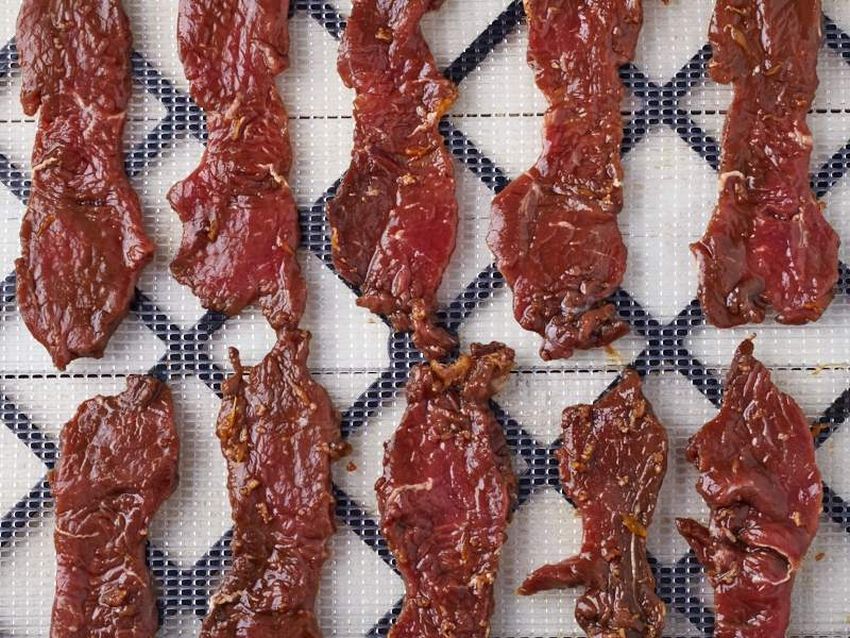
Popular Kitchen Series magabook Canning & Preserving published an article about the food you can dehydrate, and you might find it interesting. If you were ever wondered what food could you dehydrate, the answer is everything. There are some universal rules you need to follow, but meats, vegetables, and fruit have a special way you need to use.
The first rule says that you need to use ripe and fresh high-quality products. Secondly, Canning & Preserving advises you use products which are free of bruises and blemishes. Last but not least, you need to select those items which dry well. Now let’s check out the special categories we have mentioned earlier.
Dehydrate Fruit and Vegetables

Fruit are sweet dried products in their nature, and the best candidates for dehydration process are apples, cherries, figs, plums, pears, grapes, and tomatoes, which are technically a fruit. You need to wash your fruit carefully and then cut it into thin slices as evenly as possibly. The thinner the slices, the quicker they would dry. Note that berries, grapes, and cherries dry just as well when they are whole.
However, you need to prevent the fruit from discoloring, which means that you need to treat it before you start with the process. You can use ascorbic acid for instance – mix one teaspoon of the powder in 2 cups of water and just put the fruit inside. Hold it there for three to five minutes and then take it out and drain it well.
Vegetables dry better than fruit, but it may take more time for them to dry because they don’t contain as much acid as fruit. Some of the commonly dehydrated veggies are onions, potatoes, celery, beets, carrots, peas, corn and turnips. Use cool water to wash the vegetable before you slice them to thin pieces. Wash all the dirt from the vegetables and blanch them. For those who are doing this for the first time, blanching is the technique of boiling food they putting them into the freezing water to stop the process from happening. It would be advisable to black all of the vegetables before dehydrating them.
Place the fruit or a vegetable in a single layer on the drying trays and make sure that these pieces do not touch each other. Depending on the method you use, drying time can vary. You should be aware when the fruit or vegetables are dry. If you want to make sure that the process is over, cut several cooled pieces in half. The fruit needs to be pliable but not sticky, and you shouldn’t be able to squeeze out any moisture. Meanwhile, vegetables will become more crisp and brittle.
Dehydrate Herbs

If you want to preserve herbs, dehydration may be the method to use. Clip the fresh herbs in the morning when their flowers aren’t open and just after the dew disappears. Rinse them and shake them to remove moisture. For herbs, the best thing to use is an oven or an n electric dehydrator.

Dehydrate Meat
You can use any type of meat to make homemade jerky, and the final product is amazing. Fresh and lean cuts of meat will do the job, and we recommend lean beef. Pork and wild game can be dehydrated, but they require specific treatment before the process. Cut the partially-frozen meat into slices and remove all of the fat. If you are cutting with the meat grain, you will have a chewier jerky, but cutting against the grain will give you a tender and crisp product. Use marinade to improve the flavor of the dehydrated meat.
Have you ever dehydrated food? What are your experiences?
















